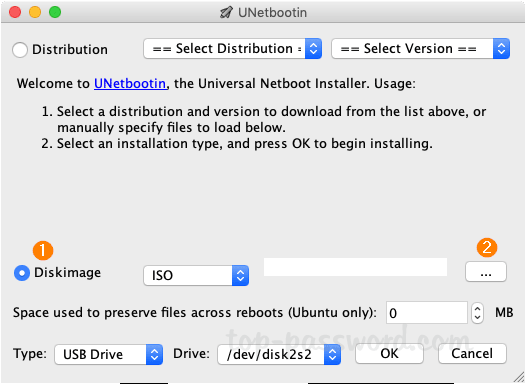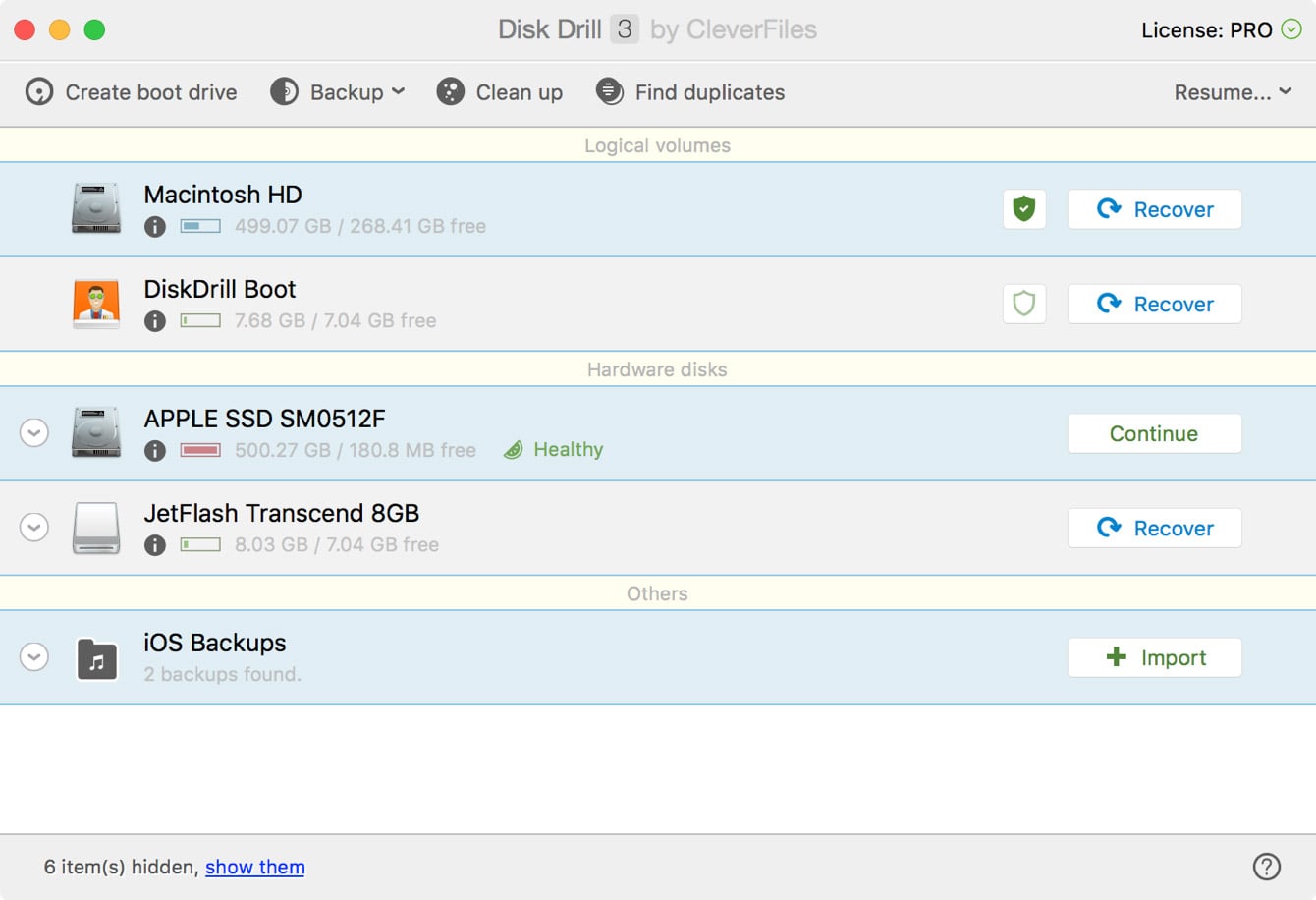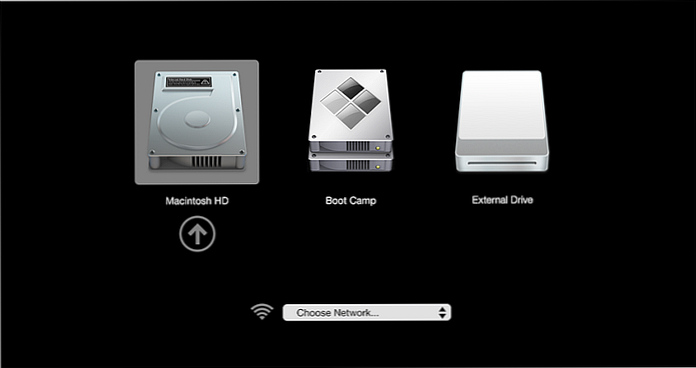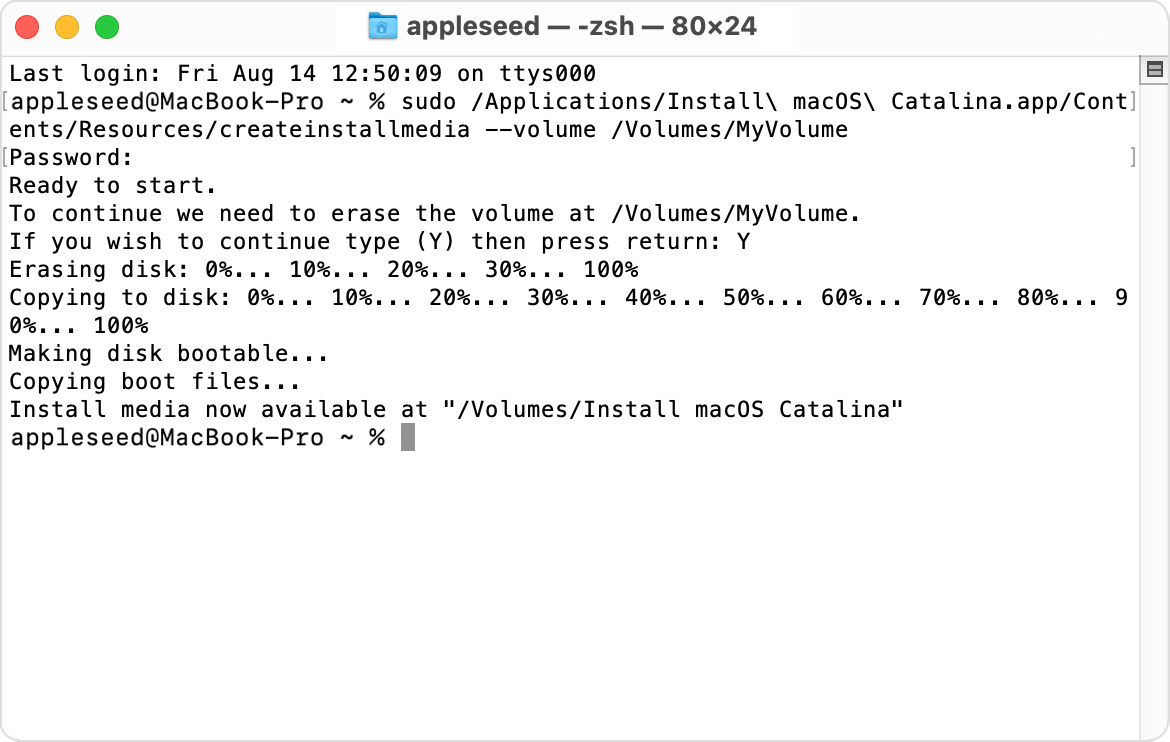However, specialized software is required to make sure that the boot information is copied along with the other files and folders in order to make it bootable. If you want to create a bootable USB drive from an ISO file, the following utilities are recommended. These tools each work on Windows, Mac and Linux computers, respectively. UNetbootin (short for “Universal Netboot Installer”) is software that allows you to easily create bootable USB flash drives to install or use operating systems. This software is designed to be cross-platform and works with Windows, as well as Mac and Linux operating systems. Unetbootin Windows Unetbootin MacOS Unetbootin Linux While the primary.
If you did not migrate your account yet, visit https://idp-portal-info.suse.com/
Boot from USB stick. Plug your the USB stick into computer. Boot or reboot system. Press F12 and enter boot menu when you see BIOS interface. (Some computers use Esc, F8, F10 for boot menu, you should see it on BIOS screen) Select your USB stick in the boot menu; Press Enter; System will restart and boot from the USB stick. Correctly connect the USB drive to your machine and make sure that Windows has detected it and assigned a drive letter to it. Follow the overall process to create a portable Windows USB drive and boot from it: Step 1. Launch EaseUS Todo Backup. Expand the menu and click 'System Clone' in the lower position. Easily create ISO image from files or folders. Cons: Non-native user interface. Lower success rate on new USB drives. Lack support for CD or DVD. Rufus for Mac Alternative 3: Etcher. Etcher is another great Rufus alternative for Mac. It has been designed to allow you to easily and comfortably burn ISO images to USB drives and SD cards.
Tested on openSUSE

Recommended articles
Related articles
- 1Requirements
- 2Create bootable USB stick
Requirements
Download installation images
You need to download a DVD or Network installation image (ISO file) before creating the installation USB stick.
It does the work of translating Windows commands into Mac commands so that you can run Windows software as if it were designed native to Mac. CrossOver works with all kinds of software - productivity software, utility programs, and games - all with one application. Can you run mac on windows. Buy or renew CrossOver Mac or CrossOver Linux to run Windows applications and games. Subscription plans starting as low as $39.95 USD. The best ways to run Windows 10 on a Mac Two business-class virtualization tools, macOS’s own Windows partition feature, and two hobbyist-oriented tools give you plenty of options to have your.
See Portal:Installation.
A large capacity USB stick
To write DVD images, your USB stick must have at least 5 GB storage space.
To write Network images, your USB stick must have at least 100 MB storage space.
NOTE: All data in the USB stick will be erased! Backup all contents before writing the images.

A working PC
You need a working PC to run the bootable USB creation tool. ImageWriter can be run on openSUSE. UNetbootin can be run on other Linux distributions, Microsoft Windows and Apple macOS.
Create bootable USB stick

Imagewriter (openSUSE)
- Open YaST --> Software Management
- Search and install 'imagewriter' package
- Open 'SUSE Studio Imagewriter'
- Select downloaded image (*.iso file)
- Select the USB device
- Click 'Write' button
It takes several minutes or longer, depending on image size and hardware performance.
Done!
Universal USB Installer (Windows)
Note: Universal USB Installer only supports ISO files up to a maximum size of 4 GiB, which can be exceeded by some openSUSE DVD images. In this case, use UNetbootin for Windows as described below.
Xcode 12.4 supports iOS 14.4, iPadOS 14.4, tvOS 14.4, watchOS 7.3, and macOS Big Sur 11.2 New in Xcode 12.4. Fixed an issue that prevented debugging iPhone or iPad apps running on an M1-powered Mac. Xcode os. Xcode 3.2 was released with Mac OS X v10.6 'Snow Leopard' and installs on no earlier version of OS X. It supports static program analysis, among other features. It also drops official support for targeting versions earlier than iPhone OS 3.0.
- Download Universal USB Installer (GPLv2)
- Run it. You will see a simple application window.
- Select Linux distribution 'openSUSE'.
- Select downloaded image.
- Select the USB device.
- Click 'Create' button.
It takes several minutes or longer, depending on image size and hardware performance.
Done!
UNetbootin (OpenSUSE)
- Install unetbootin via zypper
- Figure out which drive is your USB stick you wish to overwrite
- Wipe out the partition table of your USB stick to avoid issues with existing contents
- select /dev/sdc ( if your usb stick is /dev/sdc )
- p ( to print existing partitions )
- rm 1 ( to remove first partition )
- mklabel gpt ( to wipe device and make it GPT )
- mkpart primary ext4 1 -1 ( fill entire USB drive with ext4 partition )
- set 1 boot on ( make the new partition bootable )
- quit

Create Boot Usb On Mac
- Unplug and replug the USB stick to have OpenSUSE automount /dev/sdc1
- Run unetbootin with environment variable to avoid UI bug
- Select radio button
- Click .. and open previously downloaded iso file
- Select Type: is not already selected
- Select Drive: if not already selected
- Click OK
- Exit unetbootin
- Eject the USB drive from UI, or run
- to umount files
UNetbootin (Other Linux, Windows, Mac)

- Download UNetbootin (GPLv2)
- Run it
- Select 'Diskimage' radio button
- Select 'ISO' file type
- Click {{Key| .. } and open previously downloaded *.iso file
- Select device Type: 'USB Drive'
- Select Drive: 'Letter/Name of your USB stick' if not already selected
- Click OK
It takes several minutes or longer, depending on image size and hardware performance.
Check if mysql server is running mac. Done!
Boot from USB stick
- Plug your the USB stick into computer.
- Boot or reboot system.
- Press F12 and enter boot menu when you see BIOS interface. Quickly! (Some computers use Esc, F8, F10 for boot menu, you should see it on BIOS screen)
- Select your USB stick in the boot menu
- Press Enter
Create Boot Usb Drive
System will restart and boot from the USB stick. Then you can follow the normal DVD installation instructions.
Create Bootable Usb Mac
